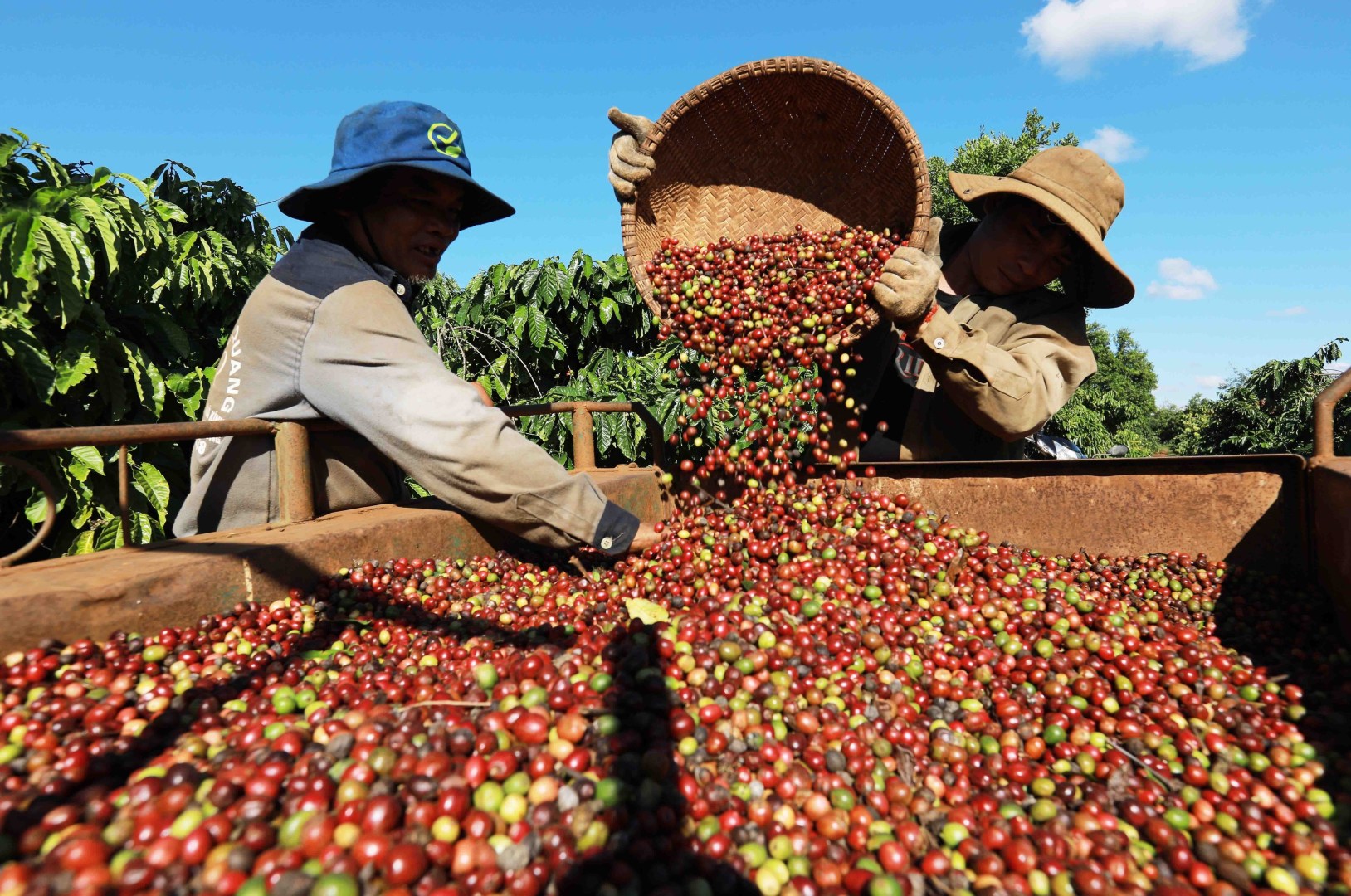
Vietnam’s agricultural development has gained many achievements in recent times, with seven commodities recording annual export turnover of over 3 billion USD, namely wood and wooden products, shrimp, coffee, rice, rubber, vegetables and fruits, and cashew nuts. These products are present in most of the world’s major import markets such as the US, the European Union (EU) and Japan.
However, according to Tran Cong Thang, Director of the Institute of Policy and Strategy for Agriculture and Rural Development, up to 90% of Vietnam’s agricultural products are still exported as raw materials, and their export prices are lower than those of similar products from many other countries.
Many Vietnamese agricultural products are among those with the highest export outputs in the world but have yet to own a strong brand that is widely known by consumers. Currently, 80% of exported agricultural products have not been branded, do not have their own logos and labels, and have not fully participated in the global value chains.
Only two out of the 13 key national agricultural products have been registered for protection in Vietnam, including “Vietnamese Rubber” owned by the Vietnam Rubber Association and “Vietnamese Rice” by the Ministry of Agriculture and Rural Development (MARD). Procedures for others such as coffee, shrimp, and tra fish are still underway.
According to General Secretary of the Vietnam Fruit and Vegetable Association Dang Phuc Nguyen, branding must come from quality and clear traceability. In the fruit and vegetable industry, product quality is largely determined by plant varieties, preservation technology, and packaging.
Nguyen proposed the State issue laws and measures to promote the development of new and outstanding crop varieties, and have policies and measures to protect the rights of seed owners.
He said that at present, durian is an outstanding product. Last year, Vietnam earned nearly 2.3 billion USD from durian exports. And the figure is forecast to surpass 3 billion USD in 2024.
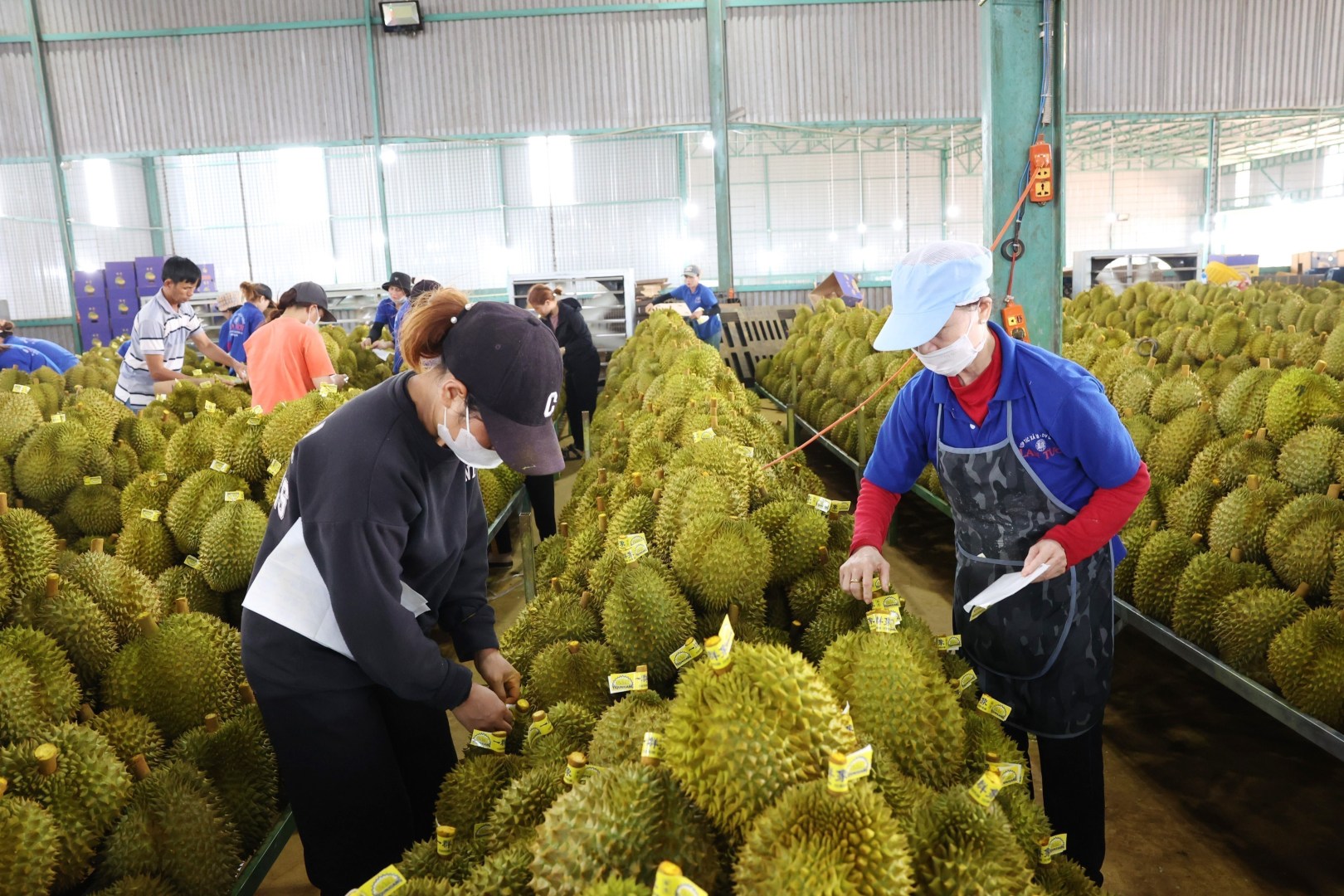
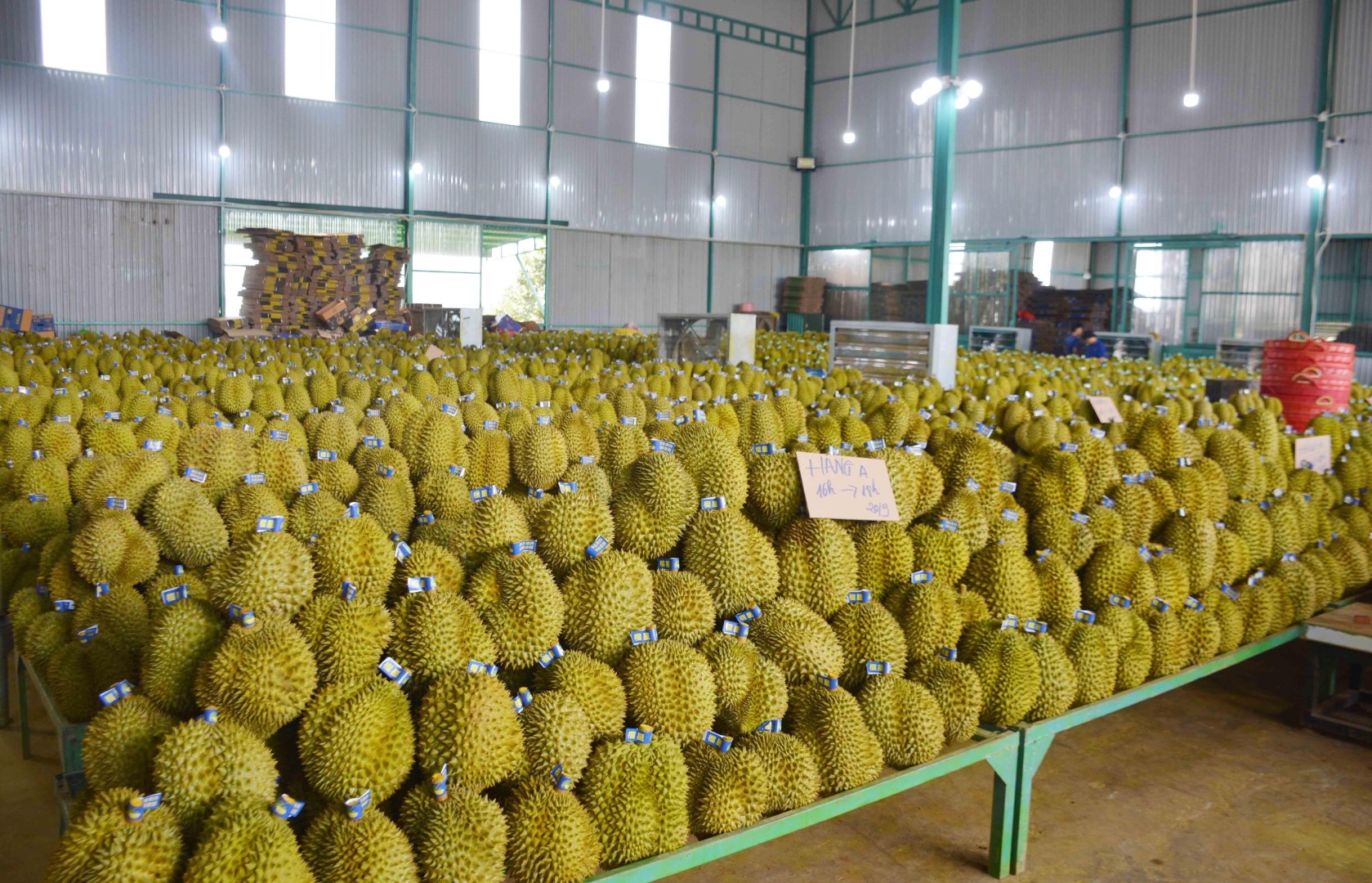

Sharing the same view that branding must be associated with quality, Hoang Ngoc Lien, President of the Vietnam Pepper and Spice Association, said that over the past 20 years, Vietnamese pepper has maintained its No. 1 position in the world in terms of export and output. However, the association is currently having problems related to controlling quality and ensuring traceability requirements.
She noted that at present, Brazil is following close behind Vietnam in pepper exports. Therefore, if Vietnam does not do a good job with traceability, quality control, and production process, the world’s No. 1 position of its pepper will be shaken.



Orientation for developing Vietnamese agricultural product brands focuses on three main approaches: building corporate brands, regional and local brands, and national ones.
Lien proposed that the national brand must be associated with the corporate brand; businesses must accompany and help the State strengthen its brand, and develop and unify products to better meet the markets.


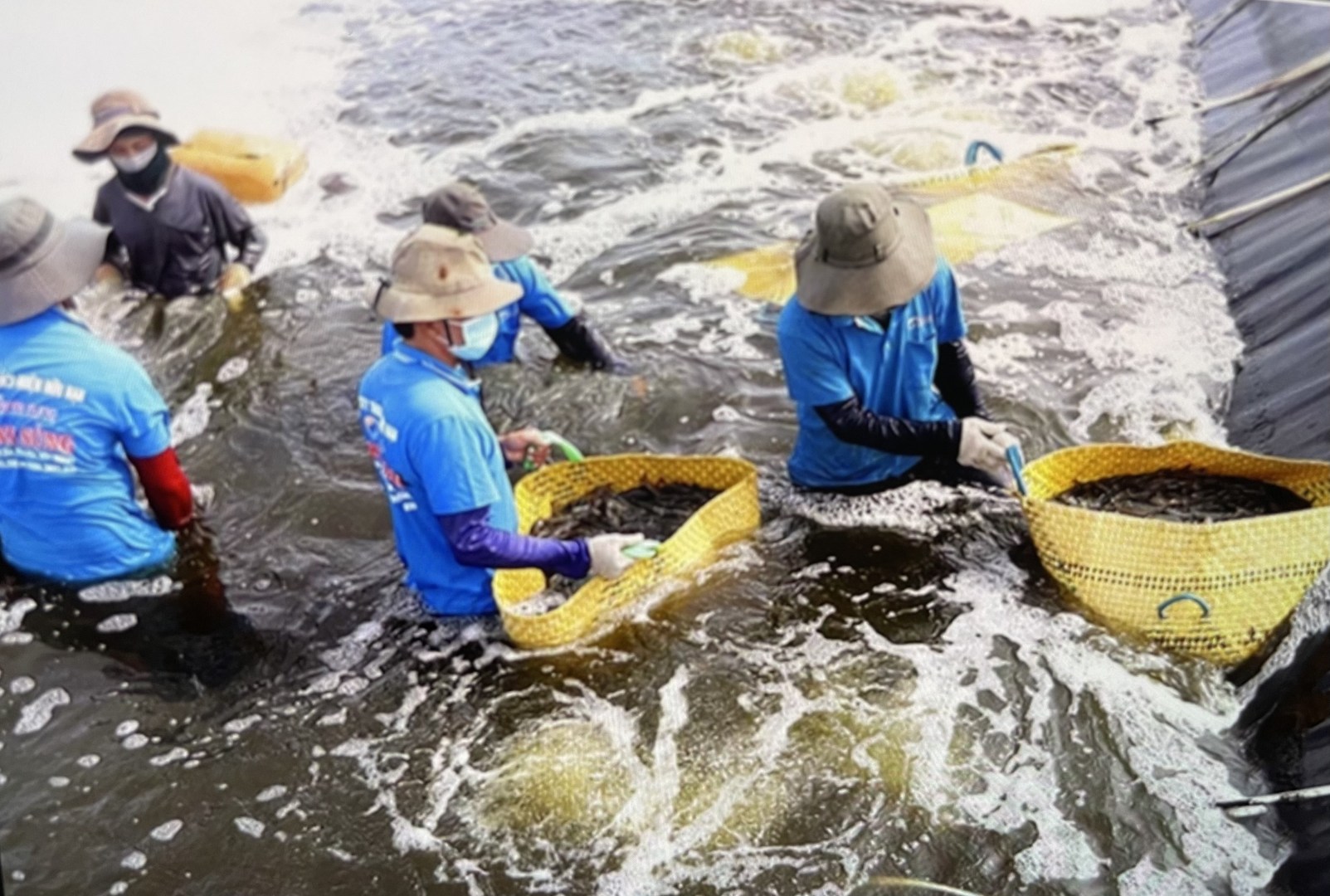
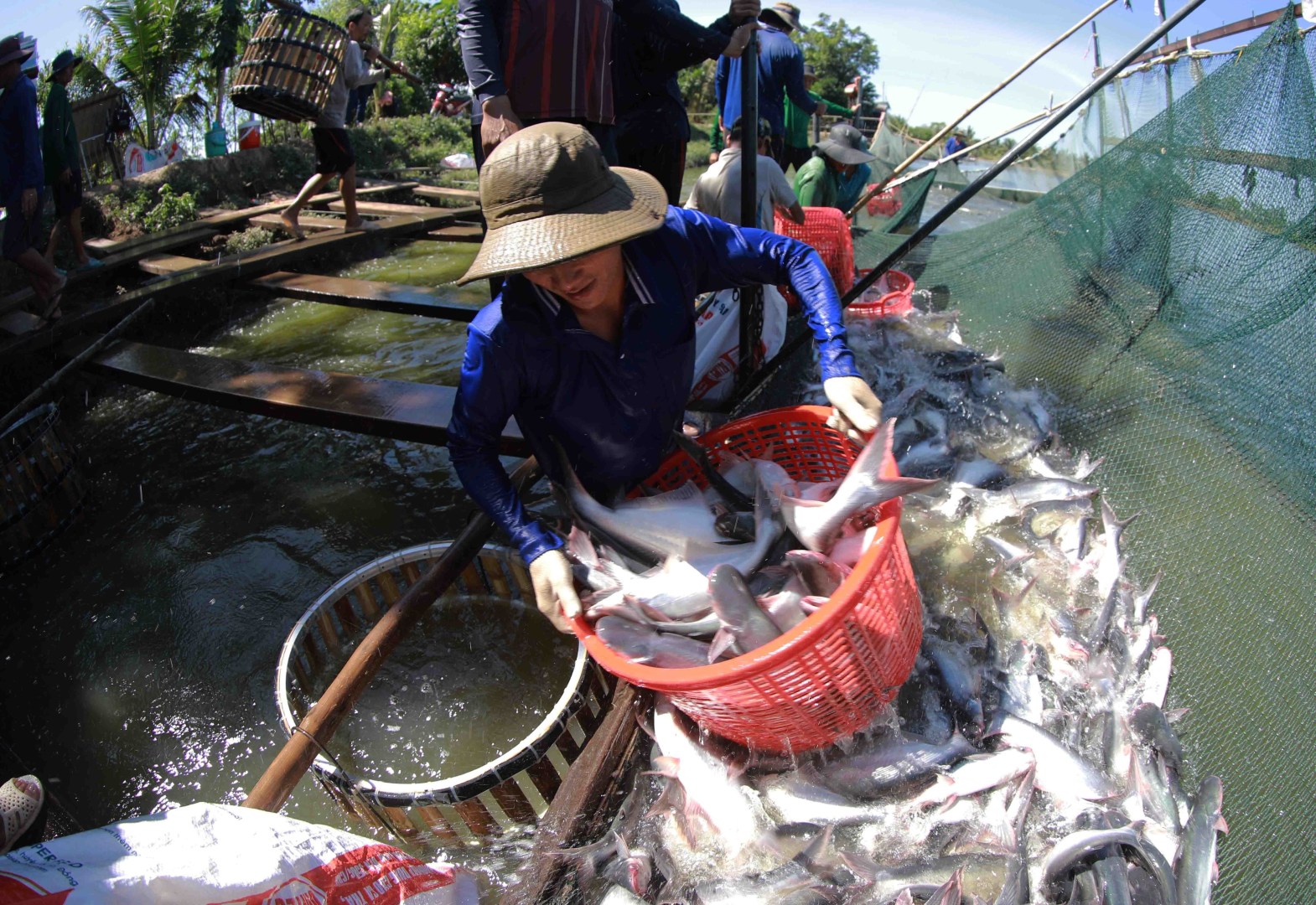
Deputy Minister of Agriculture and Rural Development Tran Thanh Nam said that businesses are building brands and agricultural product labels to promote domestic and international consumption of Vietnamese goods and farm produce. However, a legal mechanism is needed to properly adjust legal policies on branding agricultural products.
Nam requested the MARD’s Policy Institute and the National Agro-Forestry-Fisheries Quality Assurance Department (NAFIQAD) to work with the Legislation Department to discuss and make a proposal to the Government on building a decree on the management and development of Vietnamese agricultural product brands.
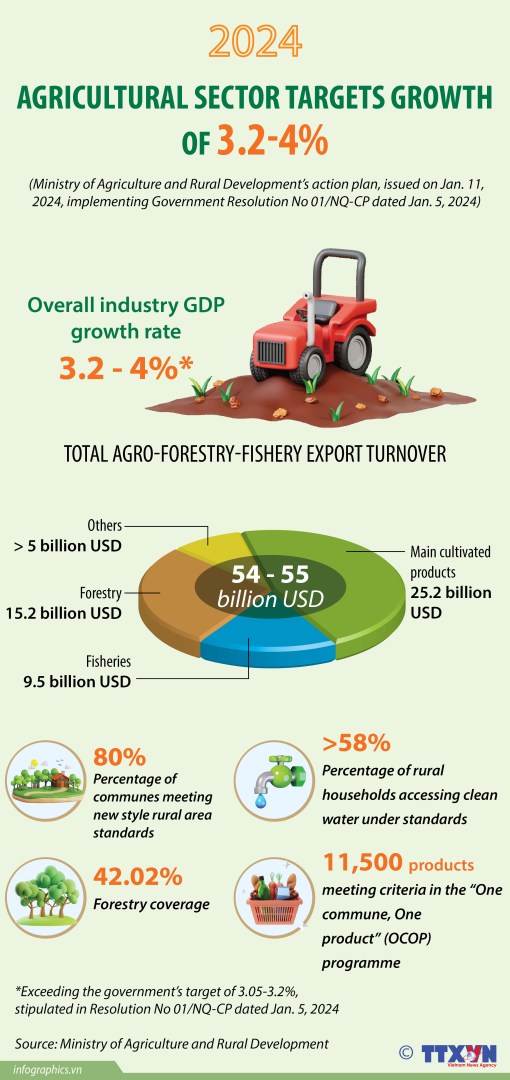
While waiting for the Government’s approval, the NAFIQAD and associations should select several key products to pilot for implementation first, and authorise the Vietnam Rice Industry Association to further implement the project on building the Vietnamese Rice brand in 2024./.
